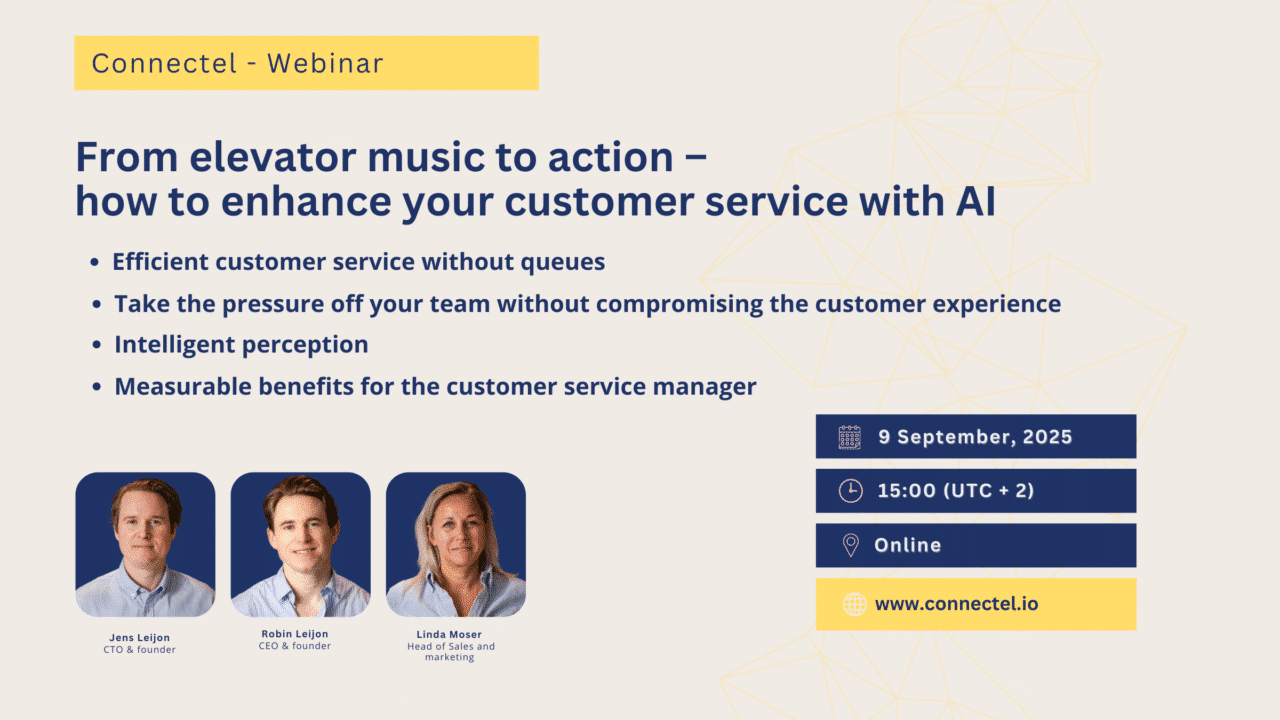Solving common scheduling challenges in contact centers
Solving common scheduling challenges in contact centers
For contact centers, effective scheduling plays a vital role in ensuring smooth operations and customer satisfaction. However, contact center managers often face several scheduling challenges when it comes to their workforce. From unpredictable call volumes to staff availability and adherence to service level agreements (SLAs), these challenges can significantly impact productivity and customer experience.
In this article, we will explore some common scheduling challenges faced by contact centers and provide practical tips on how to address them, both with and without a Workforce Management (WFM) system.
Unpredictable call volumes
One of the biggest challenges in contact center scheduling is handling unpredictable call volumes. During peak periods, call queues can become overwhelming, leading to long wait times and frustrated customers. On the other hand, during slow periods, agents may be underutilized, resulting in wasted resources.
Practical tips for efficient resource management
Monitor historical call data
Analyze historical call patterns to identify peak and low-volume periods. This will help you anticipate future call volumes and allocate resources accordingly.
Flexible scheduling
Implement flexible scheduling options, such as split shifts or part-time agents, to accommodate fluctuations in call volumes. Cross-training agents in different skill sets can also help optimize resource allocation during busy periods.
Staff Availability and Preferences
Balancing the availability and preferences of your contact center staff can be a juggling act. Managing individual preferences, time-off requests, and ensuring sufficient coverage can be challenging, especially when relying solely on manual processes.
Collaborative scheduling
Foster open communication with your agents and involve them in the scheduling process. Encourage them to provide their preferred working hours and days off well in advance. This collaboration helps create a more engaged and satisfied workforce.
Rotational shifts
Implement rotational shift schedules to distribute peak periods evenly among your agents. This ensures fair workload distribution and enables better resource management.
Adherence to Service Level Agreements (SLAs)
Meeting SLAs is crucial for maintaining customer satisfaction and achieving business goals. However, adherence to SLAs can be challenging if you lack real-time visibility into agent performance and call metrics.
Monitoring your operations
Real-time monitoring with WFM
Utilize a WFM system to monitor real-time call volumes, agent performance, and adherence to SLAs. This enables timely interventions, such as skill-based routing or adjusting agent assignments, to ensure optimal service levels.
Manual monitoring without WFM
Regularly review call logs and performance reports to identify areas where SLAs may be at risk. If necessary, consider redistributing agent workloads or reallocating resources to meet service- requirements.
Reduce agent burnout and fatigue:
Contact center work can be demanding, leading to agent burnout and reduced productivity. Scheduling practices that do not consider agent well-being may contribute to higher attrition rates and lower customer satisfaction.
Fair break allocation
Schedule regular breaks and allow agents to recharge during their shifts. This reduces stress levels, increases agent satisfaction, and promotes overall well-being.
Rotational shift assignments
Rotate agents across different tasks and channels to provide variety and reduce monotony. This can help prevent burnout by offering agents new challenges and opportunities for growth.
Summary
Efficient scheduling is a critical component of successful contact center operations. By addressing common scheduling challenges, contact center managers can ensure optimal resource utilization, improved agent satisfaction, and enhanced customer experiences.
Whether you have a WFM system at your disposal or rely solely on manual processes, implementing the practical tips mentioned above will help you overcome scheduling obstacles and drive positive outcomes. Remember, a well-managed workforce leads to a well-served customer base, ultimately benefiting your contact center’s success.
By adopting these strategies and being proactive in your scheduling practices, you can transform your contact center into a thriving hub of customer service excellence.


